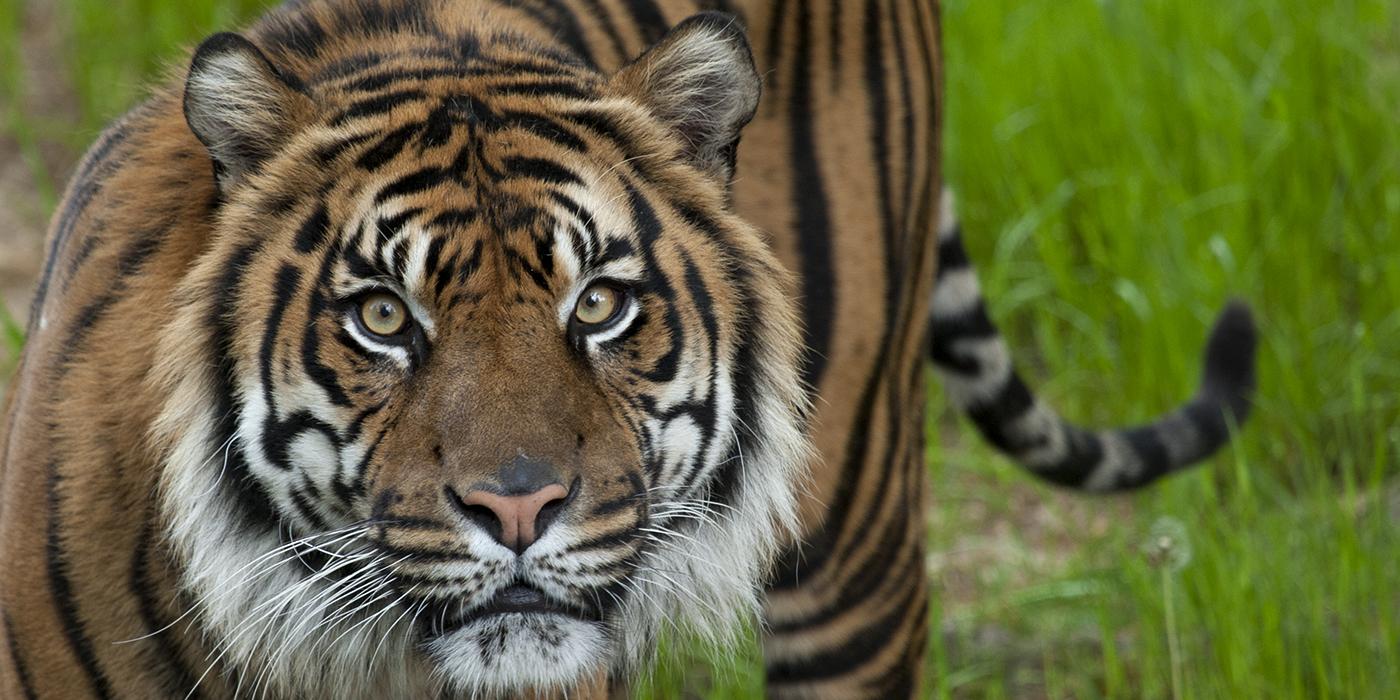Systematics and Evolutionary Biology
For centuries, biologists have used a classification system, known as taxonomy, to identify, name and categorize organisms into groups. Systematics is a branch of biological science that studies the distinctive characteristics of species and how they are related to other species through time. Thus, it is the basis used to understand the evolution of life. Scientists in the Center for Conservation Genomics (CCG) use new integrative and collaborative approaches to answer fundamental questions in systematics and evolutionary biology that aim to clarify the history of the evolution of a species or groups of species. CCG research covers a wide range of subjects, such as phylogenetic inference, systematics, taxonomy, patterns of diversification, biogeography, and the natural history of a diversity of organisms.
CCG scientists unravel the patterns of species relationships and the processes that cause the evolution of new species in a variety of animal groups. By identifying the drivers of those diversification processes, CCG scientists can estimate the dates when these events occurred using an evolutionary framework. Understanding how and why these groups have diversified provides significant advancements in understanding the processes that generate and sustain biodiversity. Recent studies have contributed to the first genetic or genomic evidence for the recognition of rare, critically endangered, or extinct species, allowing their placement within a tree that depicts the lines of their evolutionary descent. This includes the resolution of the controversial evolutionary history of the critically endangered Puebla deer mouse, which was once thought to belong to a group of rodents in the genus Peromyscus but our research has shown that it is a unique lineage in its own genus. CCG research has also led to the discovery of cryptic species that show few morphological differences but great genetic disparity, such as Indian wolves, olinguitos and seabirds, and even the recognition of new families in the bird classification system, such as the Hawaiian honeyeaters or Mohoidae. Thus, in addition to increasing basic knowledge, these systematic analyses can determine the taxonomic status of endangered populations. Such information can assist in determining the priority for conservation and developing strategies to save them.
This is an exciting time in the field of evolutionary biology. New methods for laboratory and analysis of large genomic datasets allow CCG scientists to address previously unanswered and difficult questions. To keep up with the rapid technological advancements in the field of genomics, CCG leads the way in optimizing and applying some of these new methods to relevant research projects. In particular, the possibility of inclusion of “ancient DNA” obtained from historical museum specimens or subfossil bones to incorporate them in studies that aim to unravel their evolutionary histories and relationships. Findings can often place rare and elusive species in a phylogenetic context and can provide comprehensive perspectives on the species diversity and evolution of birds and mammals for which fresh tissue samples are often unavailable.
CCG researchers continue to focus on testing phylogenomic hypotheses for endangered and poorly known groups of birds, mammals and other animals. This will provide important information about the taxonomic status of endangered taxa, as well as form the basis for further studies about species diversity and broader questions in evolutionary biology.












